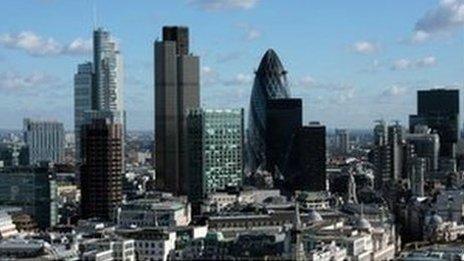How Libor came to be fiddled
- Published
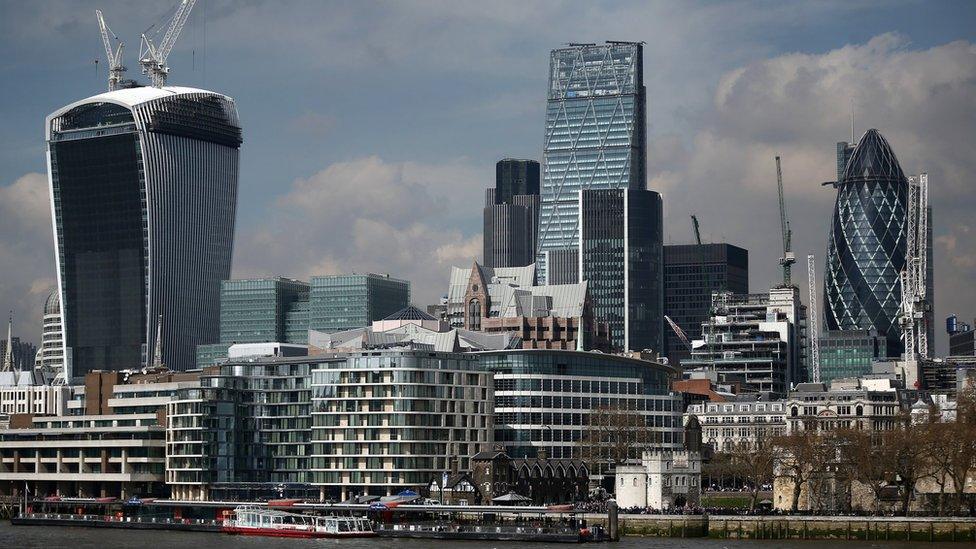
Few outside the City of London knew anything about Libor before it hit the news in 2012, when Barclays was given a huge fine and its chief executive Bob Diamond resigned.
But Libor - or the London inter-bank offered rate - is crucial because, flawed as it is, it has affected most of our financial lives. It was treated by every bank for years as the best measure they had of the real cost of borrowing.
The interest rate that we journalists report on every month, unchanged now for 87 months, is the official Bank of England rate, which is currently 0.5%. But it is not this official rate that determines the cost of mortgages and other loans.
What really counts in determining the interest rates we pay is what it costs the banks and building societies to get hold of the funds to lend to us.
Libor was designed to track that cost. The trouble was - it could be fiddled.
Borrowing costs
Every working morning before 11:00, 16 banks would be asked to say publicly what interest rate they thought they would have to pay to borrow funds from another bank.
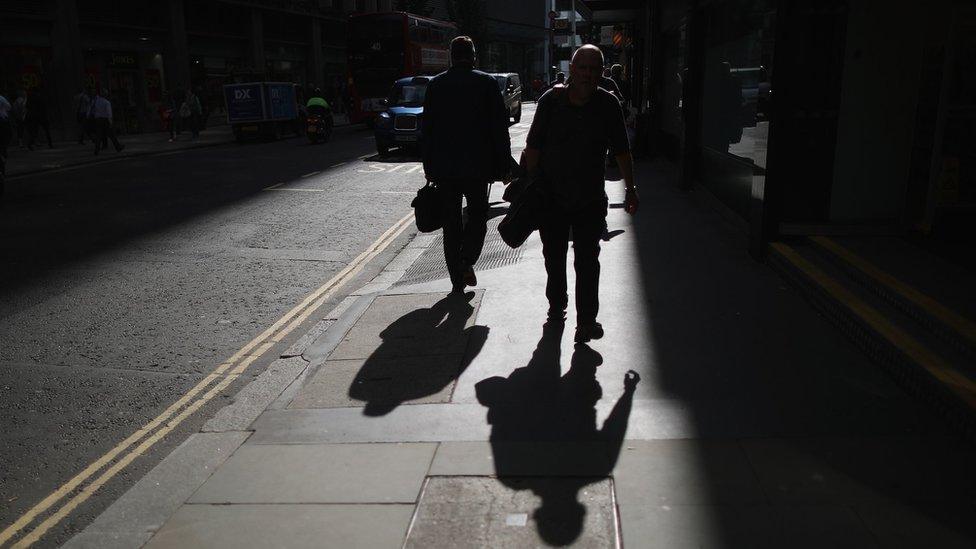
Libor may seem arcane but it affects most of us, financially
Each bank's Libor submitter would send that information to the financial information company Thomson Reuters, who would strip out the top four and bottom four submissions. The remaining eight would be added up and divided by eight to get an average - Libor. The result is published at 11:30.
Libor tracked not only the cost of borrowing pounds, but also US dollars, Swiss francs and Japanese yen.
And it measured the cost of borrowing those currencies for different periods of time: one number for borrowing overnight, another over three months, over six months, nine months and 12 months.
Just opinions
But here is the key. Libor was not based on actual transactions. The FTSE 100 benchmark is derived from actual prices of shares changing hands.
Yet Libor was asking for a submitter's opinion - at what price could you borrow funds were you to do so?
And the trouble was that often - and especially during the credit crunch - they hadn't borrowed anything. Many of the banks on the panels did not even deal in the currencies about which they made submissions.
So how could they have a clue what to submit?

The rules surrounding how Libor is regulated have since been ovehauled
Imagine you are an estate agent asked to value a house in an area where you have never done business before, and where no houses had changed hands for months. How do you know the price?
It is hard to discern between an honest opinion and a dishonest one when it is necessarily a guess.
In the credit crunch, Libor became the financial equivalent of the game of pin the tail on the donkey.
Logically, with no banks borrowing or lending, there were no cash transactions. So there need be no submissions. Yet submit they had to, because so much money was riding on where Libor went.
Derivatives trading
From Libor's birth in 1986 through the 1990s and early 2000s there was an explosion in the use of derivatives - contracts that allowed traders to bet giant sums on which way an underlying investment was heading.
In Chicago and London, derivatives traders started betting billions at a time on which way Libor would go. Thousands of US mortgages were set up linked to dollar Libor.
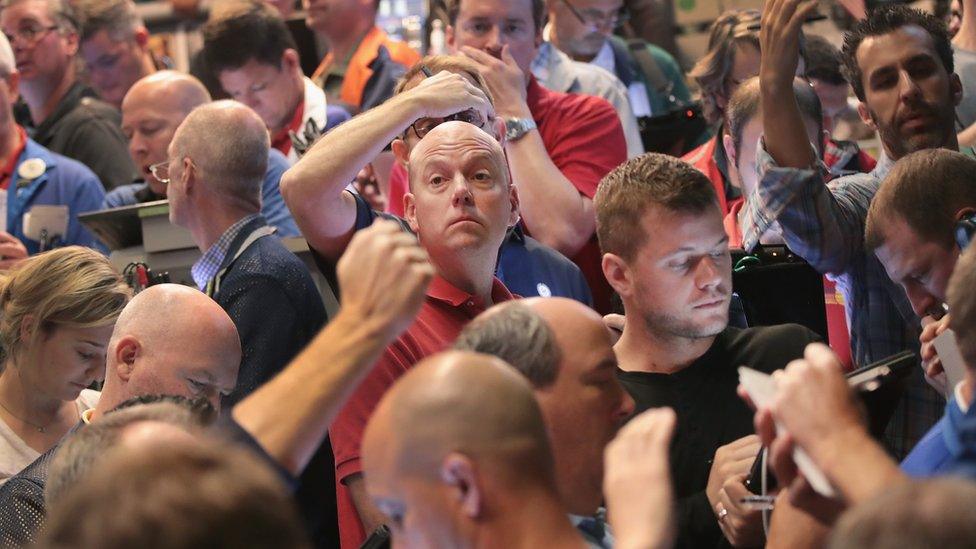
Libor has been key in the explosion in derivatives trading in Chicago and elsewhere in the past 30 years
There had to be a Libor every day, regardless of whether any funds had actually been borrowed or lent, because the derivatives were linked to it.
By 2012, the notional value of all the money riding on Libor was $350 trillion (£265tn). That's about five times as much as everything produced in a year in the entire world.
Yet the market on which it was based - the market for banks borrowing cash from each other - was worth more like $10tn. A case, perhaps, of putting the cart before the horse.
Crucial question
The incentive - and therefore the temptation - was there. Derivatives traders were betting so much money on Libor that if it moved up or down by one-hundredth of one per cent, you could make or lose a million pounds for the bank.
So it was worth a trader's while to make a request for Libor to be shifted up or down or kept the same, for the sake of managing the risks the bank was taking.
And here is the crucial question. Was that obviously dishonest and against the rules? Or was it an endemic market practice, simply the way everyone had played the Libor game from the start?
- Published4 July 2016
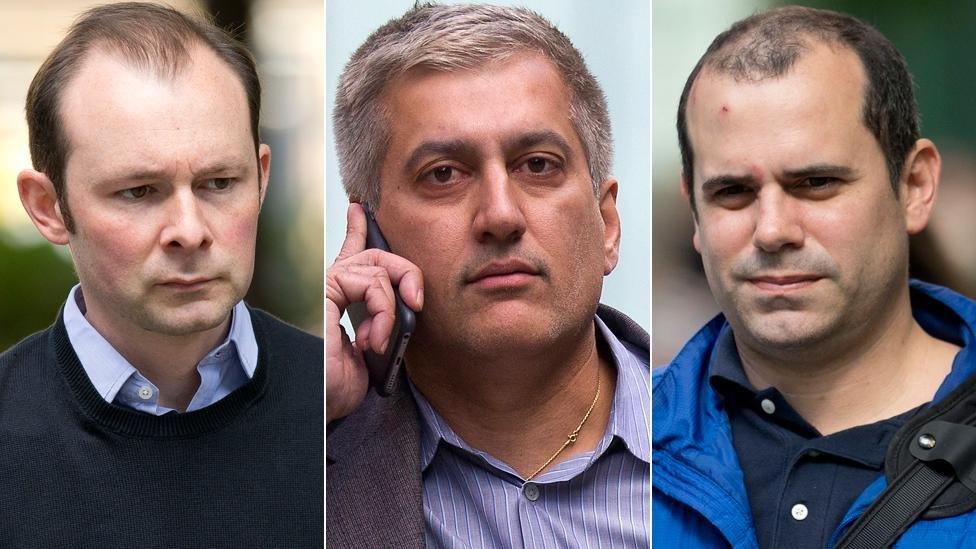
- Published8 April 2016

- Published23 March 2016

- Published28 January 2016
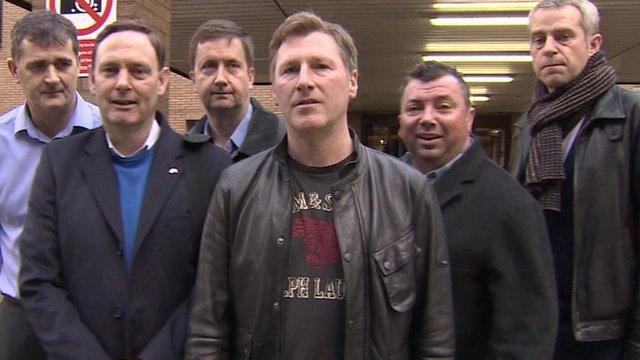
- Published28 January 2016

- Published3 August 2015
